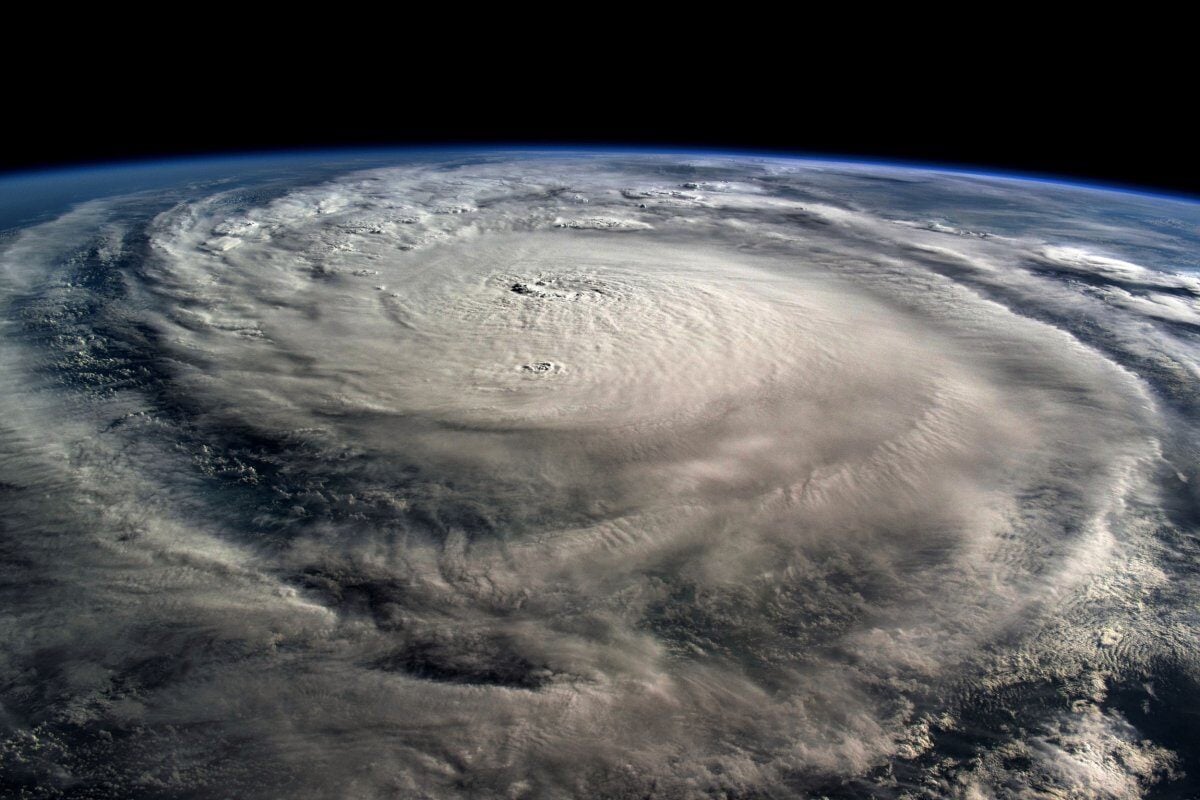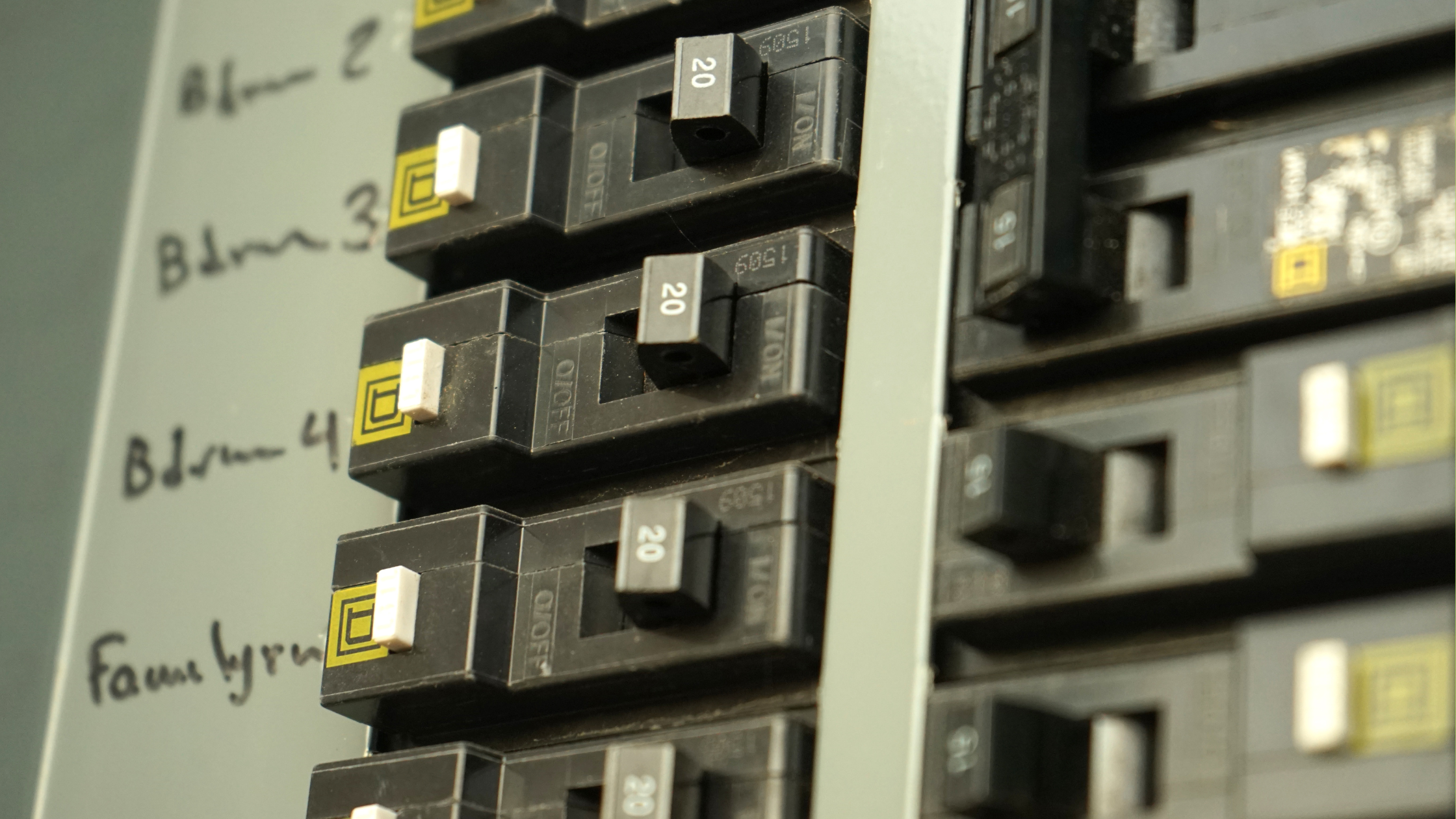Electrical issues can feel intimidating, but many of the questions we hear have simple explanations. Here's a quick guide to some of the most common concerns we hear from local homeowners.
Counting Down to Hurricane Season: Don’t Wait to Prepare Your Home For a Generator
- Costs
- |
- April 2, 2025

As Floridians, we know all too well how quickly hurricane season can sneak up on us. And if there’s one thing we’ve learned, it’s that waiting until a storm is on the radar often means scrambling for supplies—water, batteries, plywood—you name it. The same goes for your generator. As storm season approaches, the materials electricians need to get your home generator-ready can become harder to find, and wait times for installation can stretch longer than you'd like. Electricians’ schedules fill up fast, and the last thing you want is to be left in the dark—literally—because you couldn’t book an appointment in time.
That’s why now is the perfect time to get ahead of the rush. Here are the key steps to prepare your home for a generator, so you're ready long before the next storm hits.
1. Determine Your Power Needs
The first step is figuring out what you want the generator to power. Do you need to keep your entire home running, or just the essentials like the fridge, lights, and microwave? Make a list of must-have appliances and systems. This helps you choose the right size generator—bigger isn’t always better if your needs are modest.
2. Choose the Right Type of Generator
There are two main types of generators:
-
Portable Generators: Great for short-term use and smaller loads. They typically run on gasoline and need to be manually started and connected.
-
Standby Generators: Permanently installed and connected to your home’s electrical system. They start automatically during an outage and usually run on natural gas or propane.
Each has its pros and cons, so your lifestyle, budget, and backup power goals will help steer the decision.
3. Plan Your Installation Wisely
Installing a generator—especially a standby model—isn’t a DIY project. You’ll need a licensed electrician to handle the setup, including:
-
Installing a transfer switch (so your generator can safely power your home)
-
Connecting to your electrical panel
-
Ensuring local code compliance and permits
Your electrician will also assess where the generator should be placed, ideally outdoors on a flat surface with proper ventilation and clearance.
4. Fuel Source Considerations
Generators don’t run on magic—they need fuel. Make sure your chosen model aligns with an available and safe fuel source:
-
Natural gas is convenient and low-maintenance but requires a gas line connection.
-
Propane can be stored on-site in a tank and burns cleaner than gasoline.
-
Gasoline is easy to find but has a shorter shelf life and requires careful storage.
Whatever fuel you use, make sure you have enough to last through a prolonged outage and store it safely according to local regulations.
5. Test and Maintain Regularly
Once your generator is installed, don’t just forget about it. Run periodic tests to make sure it’s ready when you need it, and keep up with basic maintenance like:
-
Checking oil and fuel levels
-
Cleaning filters
-
Scheduling professional service annually
A little upkeep now can save you from headaches later.
Don’t Wait Until It’s Too Late
When it comes to storm prep, early action is always your best defense—and your generator setup is no exception. Taking the time now to get your home ready means you won’t be scrambling later when supplies are low and electrician schedules are packed. A little planning goes a long way in keeping your home safe, your food cold, and your family comfortable when the power goes out.
If you’re considering a generator or need help getting your home set up, don’t hesitate to reach out to a licensed local electrician. They can guide you through the process and make sure everything’s done safely and up to code—giving you one less thing to worry about this storm season.
You may also be interested in: How to Choose the Right Sized Generator
Video: How Much Does a Generator Bypass System Cost and Why?



